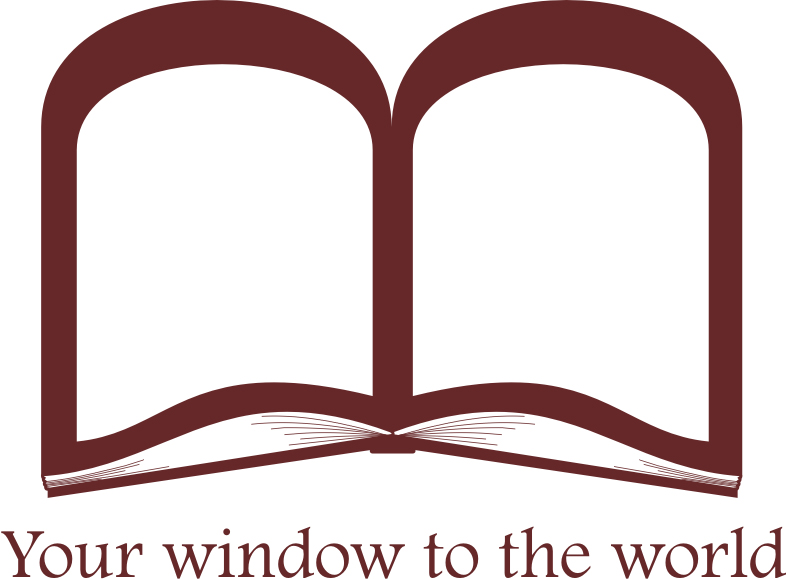Supported Languages
Language Embassy offers translation services into and from the following languages:
Albanian, Arabic, Bulgarian, Catalan, Chinese, Croatian, Czech, Danish, Dutch, English, Esperanto, Estonian, Farsi, Finnish, French, German, Greek, Hebrew, Hindi, Hungarian, Indonesian, Italian, Japanese, Korean, Kurdish, Latin, Lithuanian, Macedonian, Malay, Moldavian, Norwegian, Polish, Portuguese, Punjabi, Romanian, Russian, Serbian, Slovak, Slovene, Somali, Spanish, Swahili, Swedish, Taiwanese, Thai, Turkish, Ukrainian, Urdu, Vietnamese, Yiddish
We are also committed to finding professional translators for additional languages and dialects if clients request it.
Document Translation Fields
Our translators will provide you with an accurate and prompt translation of your documents in the following primary fields:
Arts, Business, Communications, Computers, Film, Information, Law, Literature, Media, Medicine, Politics, Psychology, Religion, Science, Technology
Additional fields are also available upon request.
Book Translation
If you are an author or a publisher, Language Embassy has a focused interest in translating your book! Priority is given to books in the following topic areas:
♦ Inspirational autobiographies
♦ Immigrant Experiences
♦ Oriental Literature
♦ Professional Therapy for Addictions
♦ Stories of Overcoming Addictions and Disabilities
♦ Religious Writings
♦ Alternative Medicine and Natural Medical Remedies
Books on other topics will also be considered.
To get a free quote for your translation project, click on Get a Quote, download the Free Quote Form from that page, and email it as an attachment to codrina2015@yahoo.com or simply call 229-469-4305 or 229-251-9927.

The Translation Process
Before the finished product is delivered to a client, any translation we manage goes through three main phases: translation, editing, validation. The translation stage involves the translation from the source language (original document) into a target language (spoken by the intended audience) by a qualified translator who is a native speaker of either the source or target language or who has a degree in a linguistic area in one of the two languages.
In the editing phase, the initial translation is sent to a reviewer who will thoroughly compare the original and the translation and mark corrections using TrackChanges. The reviewer is as qualified as the translator, having either native proficiency or a linguistic degree in one of the two languages.
For the validation stage, the edited translation received from the reviewer is sent back to the translator. At this point, the translator is asked to accept or reject the reviewer's changes and to provide an explanation for each rejected change. The reviewer will be asked to assess again the changes that were rejected, and if a consensus cannot be reached, the translation may be sent to a second reviewer (equally qualified) who will evaluate only the controversial changes. The project manager, translator, and reviewer(s) will engage in a dialogue all throughout this phase, and each decision will be carefully weighed.
Back Translations
CAT Tools

For translations that carry a high liability, such as legal or medical texts, the back translation is a method of assessing the quality of the translation and its accuracy and faithfulness to the original version. For example, if a document is translated from German to English, the English version will then be given to another translator who will be asked to translate it back into German following the English version as close as possible and without having any knowledge of or access to the original German version. Then, another linguist will compare the original German version to the back-translated German version and point out obvious and critical differences. This last stage is called comparison and leads to discovering translation errors in the initial translation.
Language Embassy provides back translations both as part of a translation package and as a separate service for translations already done outside of our company.
Language Embassy acknowledges and upholds the superiority of human translation and does not promote automatic translations. However, we also recognize the usefulness of humanly created translation memories that can be shared in the process of translation to ensure terminology consistency in large-volume projects. Even so, we are committed to manually check each individual occurrence of a term pulled from a translation memory to make sure that the context allows for its use. While we do not specifically require our translators to use any specific CAT tool, we also allow them to submit translations done in Trados with the caveat that they are responsible for manual word-by-word verification. We have recently purchased SDL Trados Studio 2007 Professional, SDL Trados Studio 2009 Freelance Plus, and SDL Trados Studio 2011 Professional, so we can now support translations done with the help of these Trados versions.
Translation Quality Standards
Language Embassy requires its translators to perform within the following major translation standards:
♦ Faithfulness to the original
We do not allow omissions, additions, or changes to the wording of the original text unless they are absolutely necessary for localization or linguistic purposes. Translators must translate exactly as it is written in the source text even if this text is grammatically incorrect or incomplete or if it contains inaccurate content information; in this case, the translator must add a footnote that this was so in the original text.
♦ Localization
A translation also involves a transfer of concepts from one culture to another, and its purpose is to make the content accessible to the target audience. Localization is the process of adapting a text to the realities of the local culture of the readers, and it is an intrinsic part of any translation process. For example, when translating a text from a European language to U.S. English, the translator will have to change the date and time format, the decimals punctuation, and the order in which first and last names are written to reflect the U.S. format. For currency and units of measurement, converted values should be listed in footnotes where the translator should mention the conversion tool (and the date for currency) that was used.
♦ Grammatical correctness
Any translation should adhere to the grammatical rules of the target language. Therefore, we carefully contract with linguists who have a solid knowledge of the grammar of both source and target languages.
♦ Idiom and terminology usage
Rendering the same meaning in another language does not always allow for a literal translation. Idioms are expressed differently in different languages. Specialized terminology is also specific to each language variant. We are requiring translators to be knowledgeable about the idioms and terminology of the target language.
♦ Format and layout
Translations should maintain the same format and layout as the original text unless localization-related changes are necessary.



